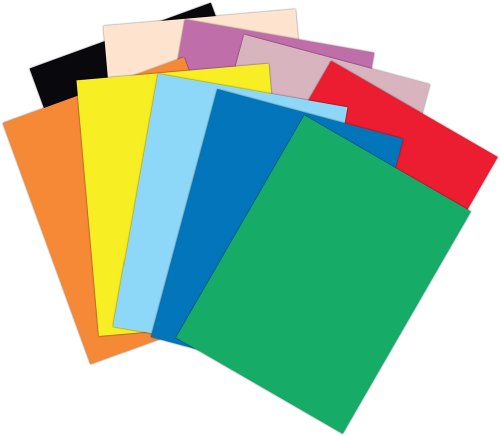Yesterday, I was out attending a Digital Math Classroom workshop. It was very good and I came back with some new ideas for using technology effectively in my math class. The three sites that I plan on using are Schoology, EdPuzzle, and GoFormative. If you are an educator, you might want to check these out!
In our class today, I went ahead and had the classes signup for these sites. However, I am not sure if and/or when these will be implemented. I need a little time to play first!
Our focus today was graphing ordered pairs on a Quadrant 1 coordinate plane to create a Halloween picture. We began by taking some notes in our journal. We used a small coordinate plane to label our x-axis, y-axis, and our point of origin. Then I explained an ordered pair. To use an ordered pair in quadrant one, you will go ACROSS the x-axis FIRST and then UP the y-axis to place your point on the graph. As you do each ordered pair, you connect to the previous point. After graphing all of the dots and connecting them....Voila! You have a picture!
I found the activities today on www.teacherspayteachers.com
























